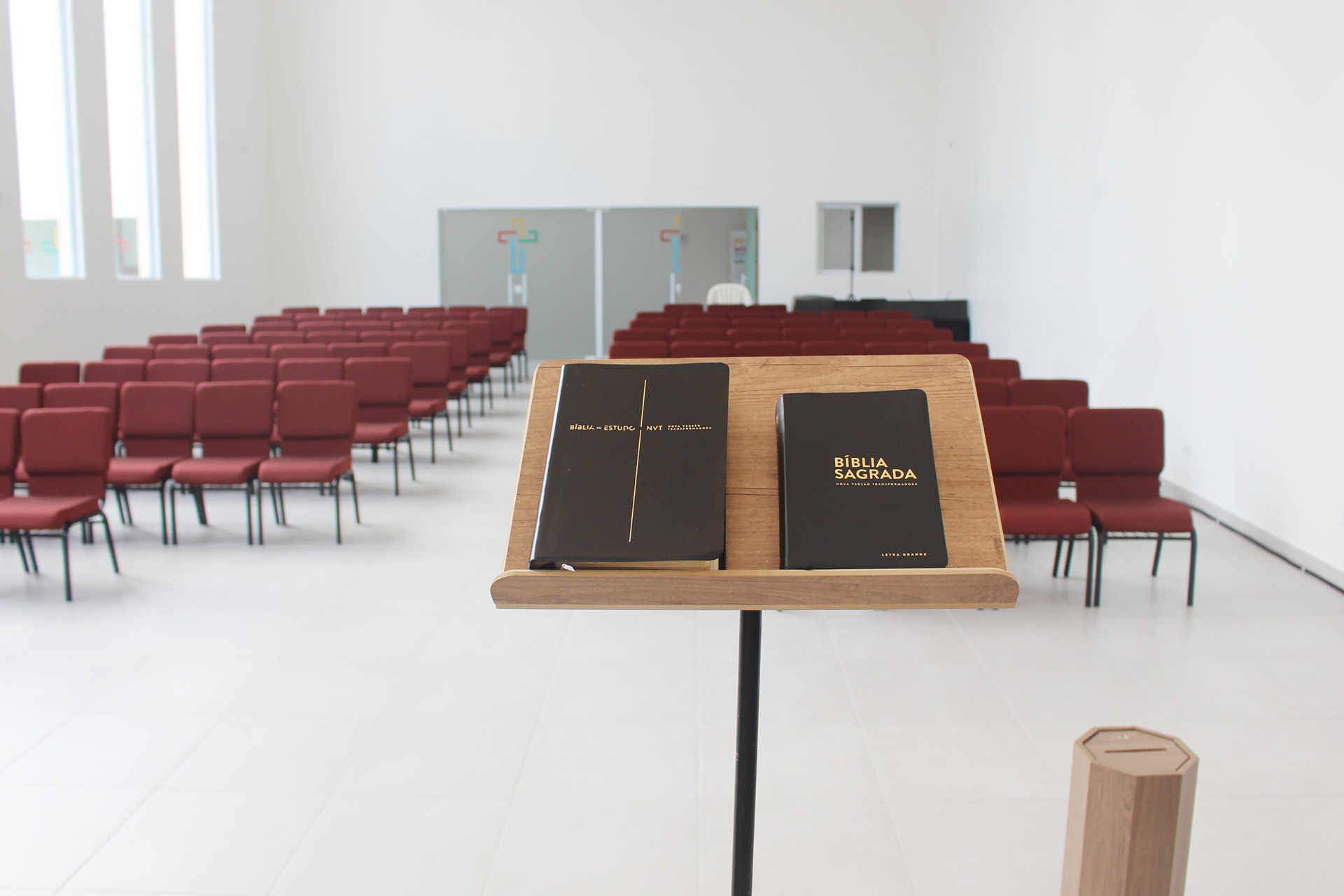What does pleading mean in the legal space?
What Does Pleading Mean in the Legal Space?
In legal terms, the concept of “pleading” refers to formal written statements submitted by parties in a lawsuit that outline their claims, defenses, and other positions on the matter at hand. These documents play a crucial role in structuring the litigation process by clearly stating each party’s arguments and legal theories. According to the Munley Law Glossary, a pleading serves as the foundation for how a case is presented, whether in civil or criminal proceedings, ensuring that all involved parties have a clear understanding of the issues in dispute and the defenses being raised.
What Is a Pleading?
A pleading is a document submitted to a court at the outset of litigation that sets forth each party’s positions regarding the facts and legal theories relevant to the case. There are several types of pleadings used in both civil and criminal cases, depending on whether the party is a plaintiff or defendant.
Common types of pleadings include:
- Complaint: Filed by the plaintiff, this document initiates a lawsuit and outlines the cause of action, the facts supporting the claim, and the relief sought.
- Answer: Filed by the defendant in response to the complaint, it addresses the allegations by admitting, denying, or stating insufficient knowledge of the claims.
- Counterclaim: A claim made by a defendant against the plaintiff, asserting a legal claim arising out of the same facts presented in the original complaint.
- Reply: Filed by the plaintiff in response to the defendant’s counterclaim, this document addresses the new issues raised.
- Motion to Dismiss: A request made by the defendant to dismiss the case entirely, typically for lack of legal grounds, insufficient evidence, or procedural issues.
The Role of Pleadings in Civil Cases
In civil litigation, pleadings are the foundational documents that set the stage for the legal dispute. They define the scope of the lawsuit and allow both parties to present their version of the facts and legal issues. The plaintiff’s complaint begins the process, detailing the injury suffered, how the defendant is responsible, and the relief sought (such as monetary damages or specific actions). The defendant’s answer follows, addressing each point made in the complaint.
Pleadings are essential for:
- Providing Notice: They inform both the opposing party and the court about the nature of the dispute and the legal grounds on which the case is based.
- Framing the Issues: By clearly laying out the facts and legal arguments, pleadings help the court and the parties focus on the relevant issues.
- Shaping Discovery: The information included in the pleadings often guides the discovery process, during which parties gather evidence to support their claims and defenses.
For example, in a personal injury lawsuit, the plaintiff might file a complaint alleging that the defendant’s negligence caused their injury. The defendant would then file an answer, admitting certain facts, denying others, and possibly asserting defenses (such as contributory negligence).
Pleadings in Criminal Cases
In criminal law, the term “pleading” also has a specific meaning, though it functions somewhat differently from civil litigation. In criminal cases, a “plea” refers to the defendant’s formal response to criminal charges. Common pleas include:
- Guilty: The defendant admits to the crime and accepts the consequences.
- Not Guilty: The defendant denies the charges, leading to a trial where the prosecution must prove guilt beyond a reasonable doubt.
- No Contest (Nolo Contendere): The defendant does not admit guilt but accepts the punishment without contesting the charges.
In addition to these pleas, pretrial motions serve as a form of criminal pleading, allowing defendants to request the court to dismiss charges or suppress evidence that was improperly obtained.
The Importance of Accuracy in Pleadings
Because pleadings form the basis of a legal case, accuracy and completeness are crucial. Inaccurate or incomplete pleadings can lead to delays, dismissal of claims, or even sanctions against the filing party. Courts often impose strict deadlines for the submission of pleadings, and failure to meet these deadlines can have significant consequences, including default judgments or the dismissal of a case.
When drafting a pleading, legal professionals must carefully adhere to court rules and procedures, as each jurisdiction may have specific requirements. Pleadings must also be supported by sufficient facts and legal theories to withstand challenges from the opposing party. For example, a defendant may file a motion to dismiss if the complaint does not state a valid claim for which relief can be granted.
Amendments to Pleadings
In many cases, parties may need to amend their pleadings as new facts emerge or legal strategies evolve. Courts typically allow amendments to pleadings, especially during the early stages of a case. For instance, a plaintiff who discovers additional information during discovery might amend their complaint to include new claims or additional defendants.
However, amendments are subject to approval by the court, and the opposing party may challenge the amendment if they believe it causes undue prejudice or is made in bad faith.


